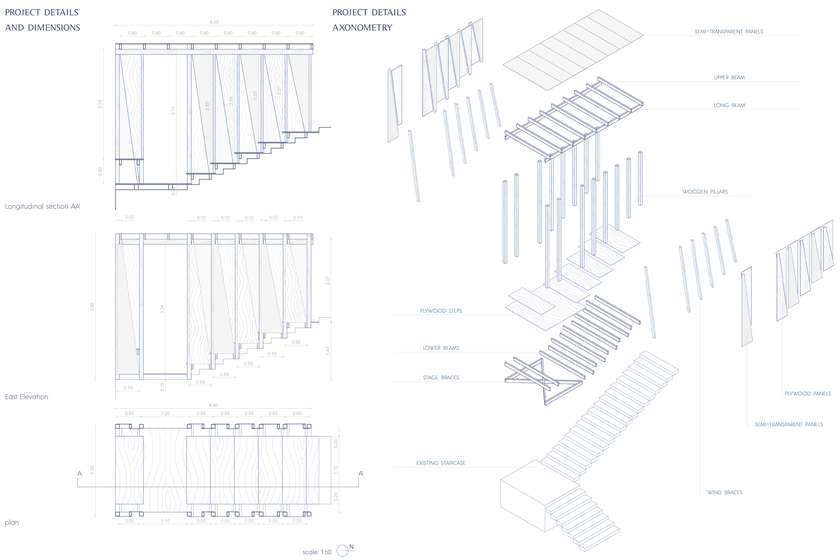Idea by
Salome Katamadze, Duccio Fantoni
Noia practice
Call for ideas 2021
Common Steps
Common Steps

- Site-specific cases
Common Steps starts as a site-specific project for Tbilisi. The on-going proposal, developed in the frame of Tbilisi Architecture Biennial, is focusing on neglected urban areas, formed during uncontrolled privatization.
As an experiment for social re-appropriation, multiple urban stairs were selected, built in the Soviet period and currently ignored by the neo-liberal car-paradigm lifestyle.
The project’s approach consisted of punctual pavilions, that directly inhabit the existing urban stairs, meanwhile generating a new use of public space.
The proposal is conceived as a prototype of possible interventions within a shared methodological attitude towards re-using abandoned urban fragments for neighbourhood activities, cultural events and common means.
Starting from the initial study case, Common Steps aims to animate the debate on the importance and urgency of social re-appropriation of neglected fragments of our cities throughout collective debates and experimental contributions.
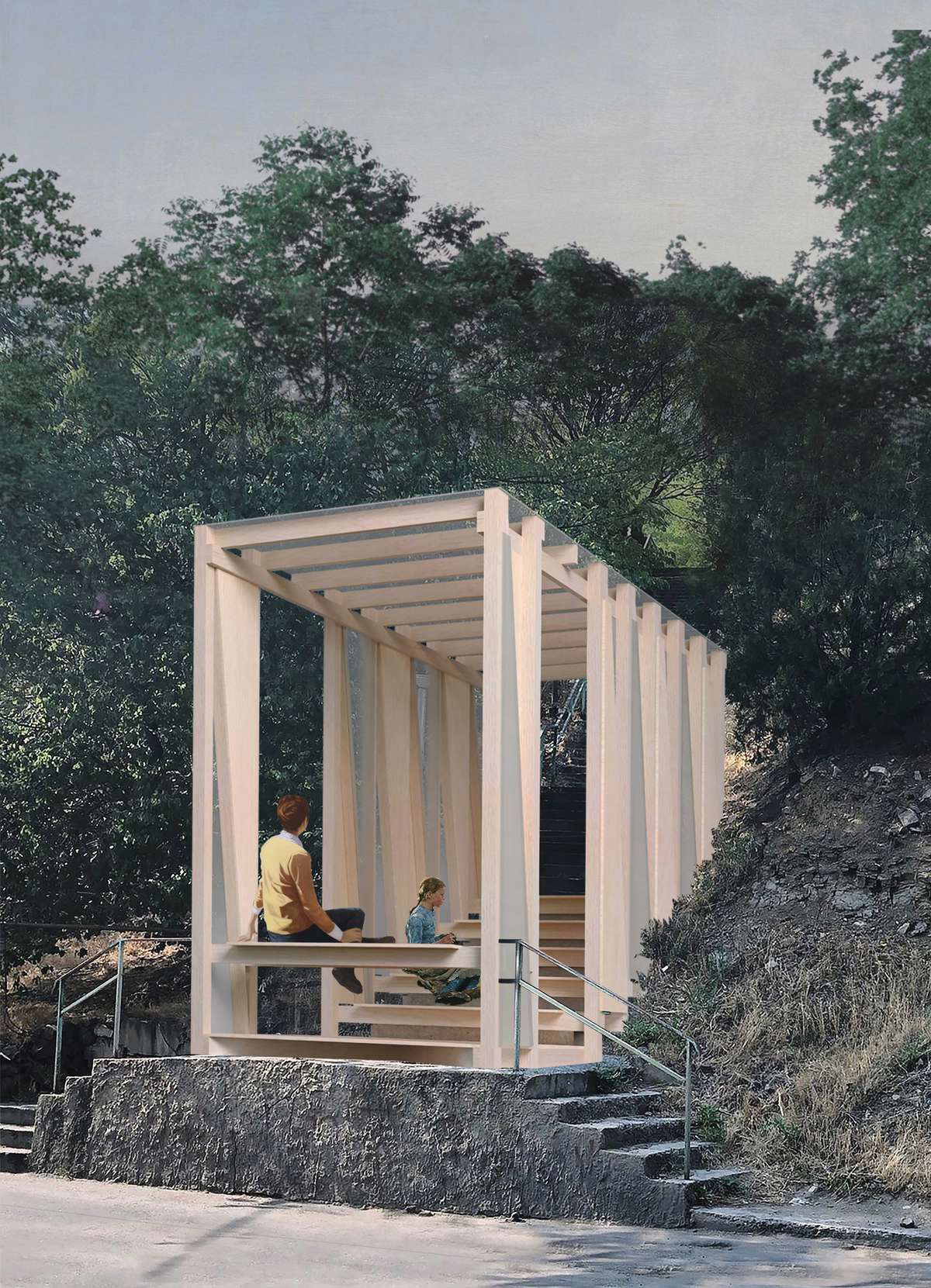
Proposal image from the street. In the case study, the pavilion stands also marker to indicate the presence of the stairs, other ways invisible from the cars point of view.
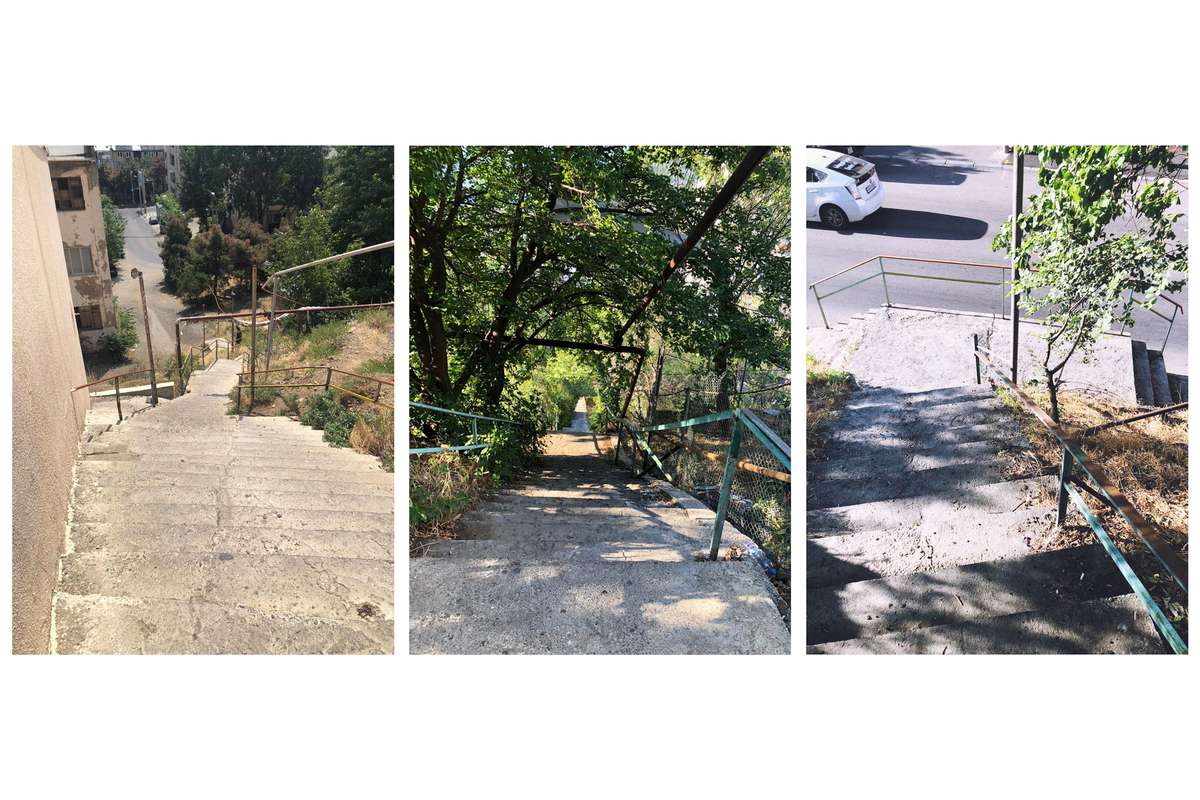
Few photos of the sites of the study case. Those scenarios run through the city in hidden pathway parallel from the cars-ways. The urban stairs of Tbilisi are at the same time a very specific case and nevertheless represent a very typical condition of neglected areas in different contexts.
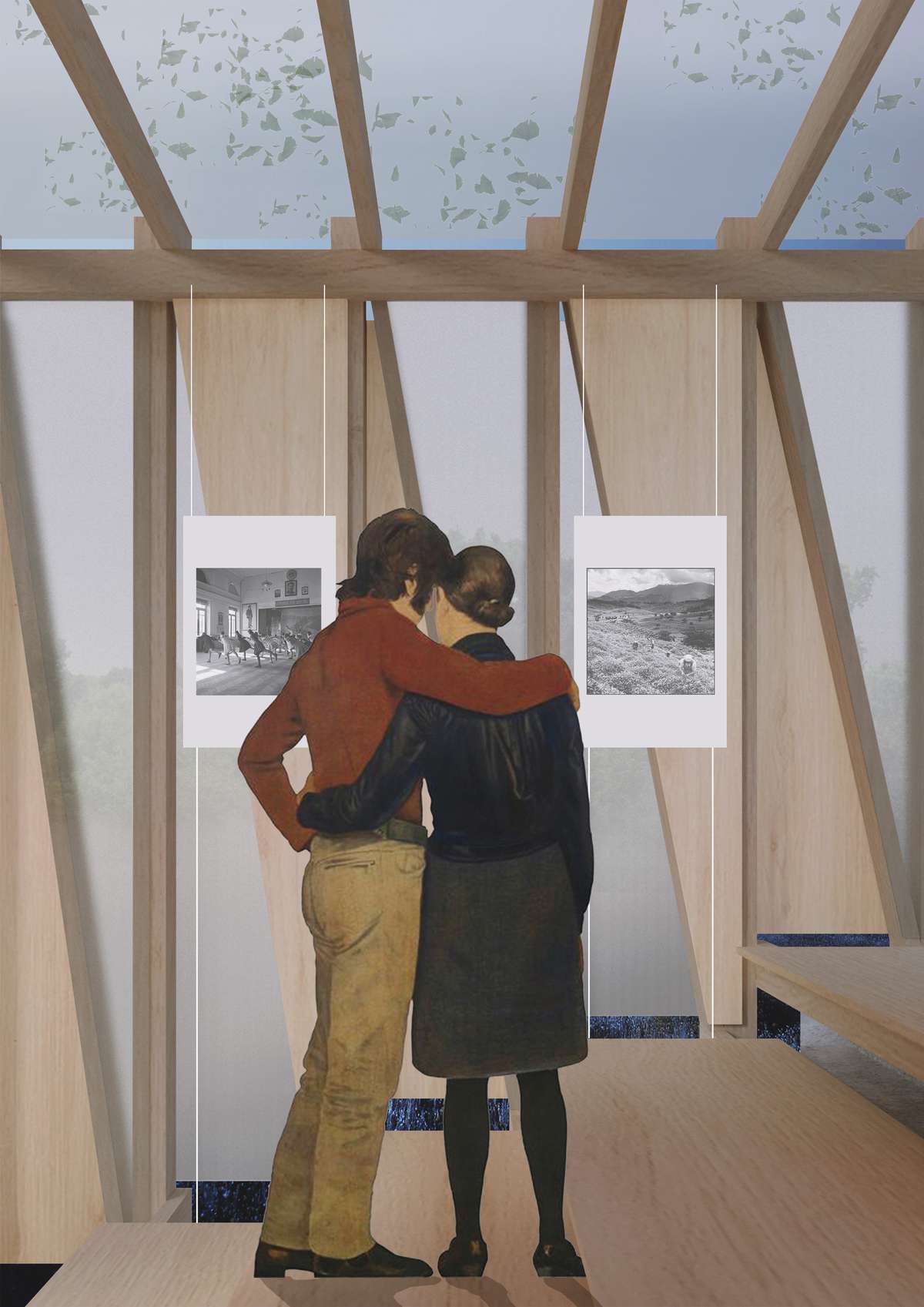
In order to re-activate neglected areas of the cities, many activities are possible simultaneously. The possibility to combine the passage with exhibitions could encourage the neighbourhood to re-use a common space.
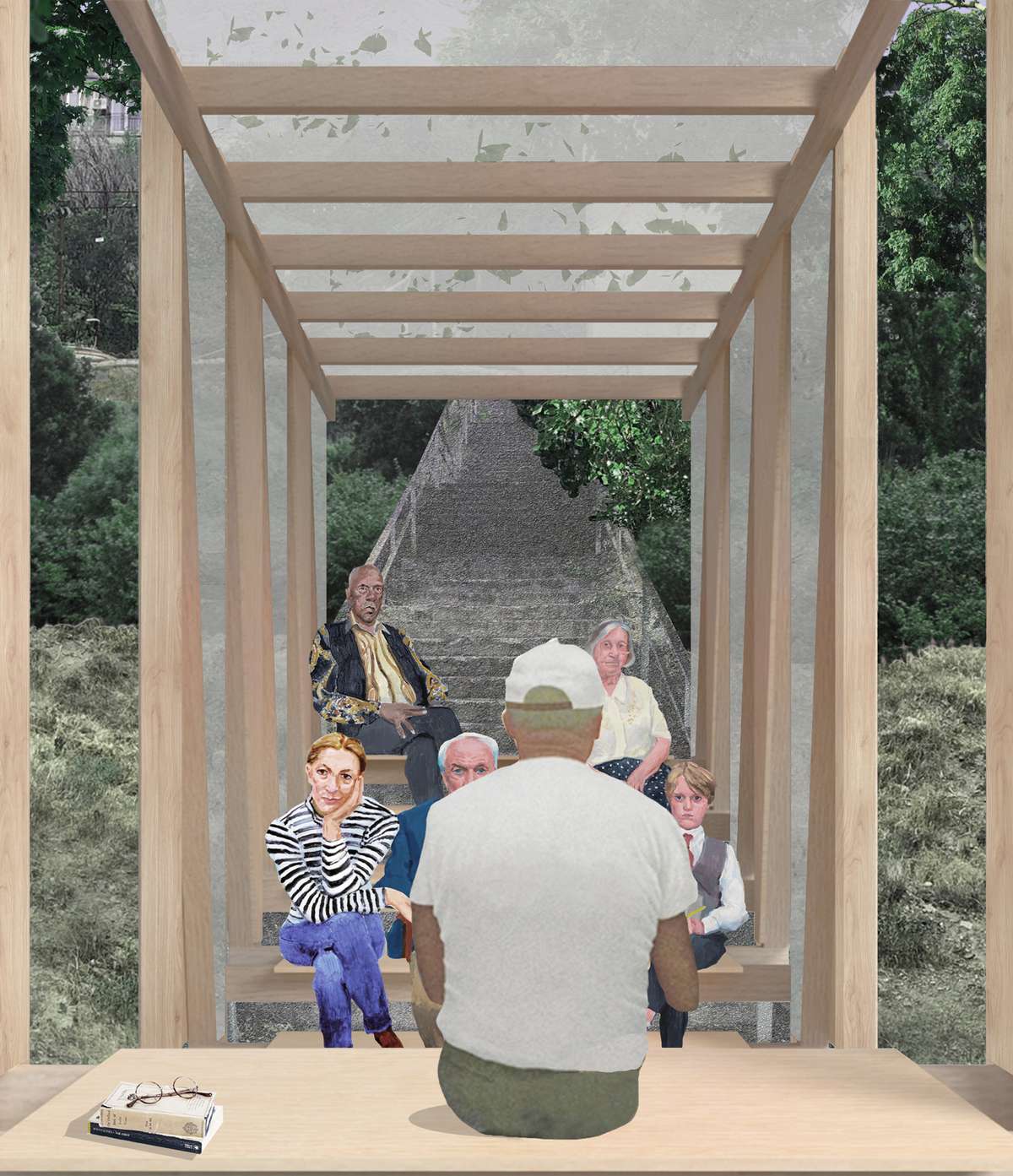
The projects represents a prototype of simple structures dedicated to common activities. The possibility of integrating different kind of users, as locals and cultural events participants, should be the core of any idea of public space.

Common Steps
Common Steps

- Site-specific cases
Common Steps starts as a site-specific project for Tbilisi. The on-going proposal, developed in the frame of Tbilisi Architecture Biennial, is focusing on neglected urban areas, formed during uncontrolled privatization.
As an experiment for social re-appropriation, multiple urban stairs were selected, built in the Soviet period and currently ignored by the neo-liberal car-paradigm lifestyle.
The project’s approach consisted of punctual pavilions, that directly inhabit the existing urban stairs, meanwhile generating a new use of public space.
The proposal is conceived as a prototype of possible interventions within a shared methodological attitude towards re-using abandoned urban fragments for neighbourhood activities, cultural events and common means.
Starting from the initial study case, Common Steps aims to animate the debate on the importance and urgency of social re-appropriation of neglected fragments of our cities throughout collective debates and experimental contributions.
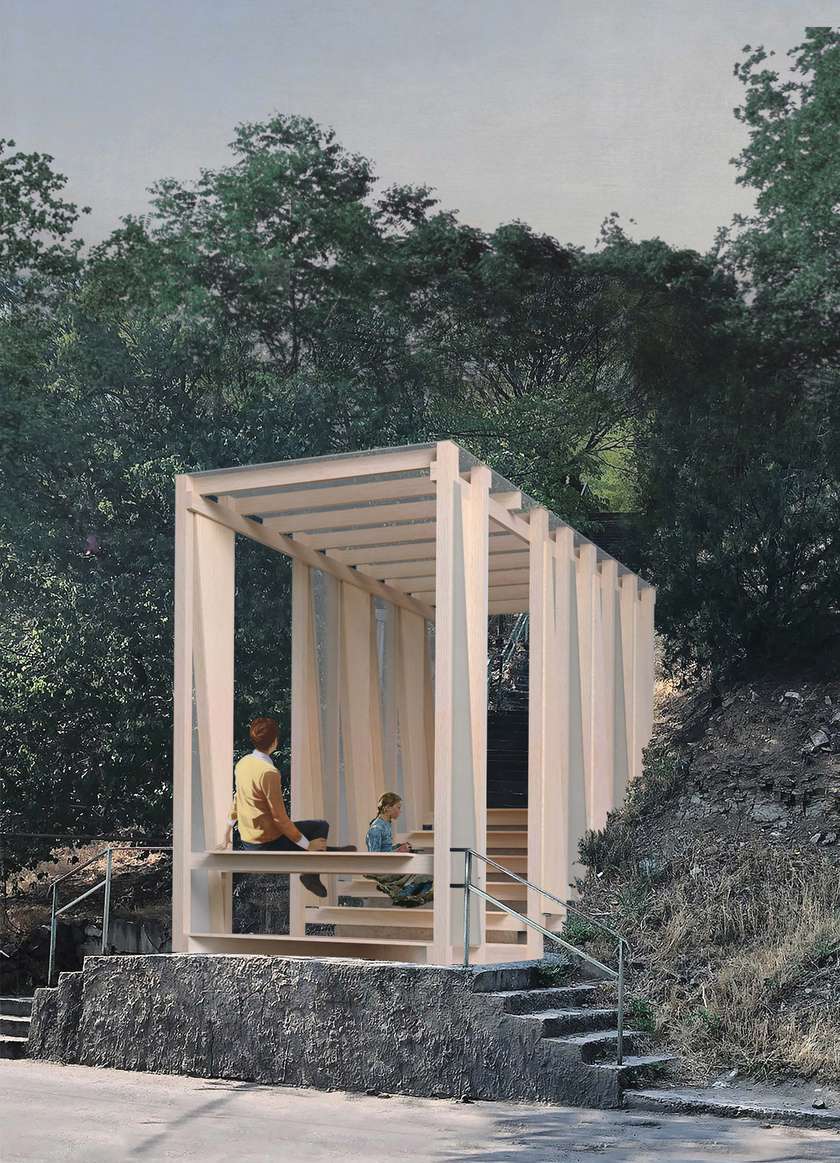
Proposal image from the street. In the case study, the pavilion stands also marker to indicate the presence of the stairs, other ways invisible from the cars point of view.
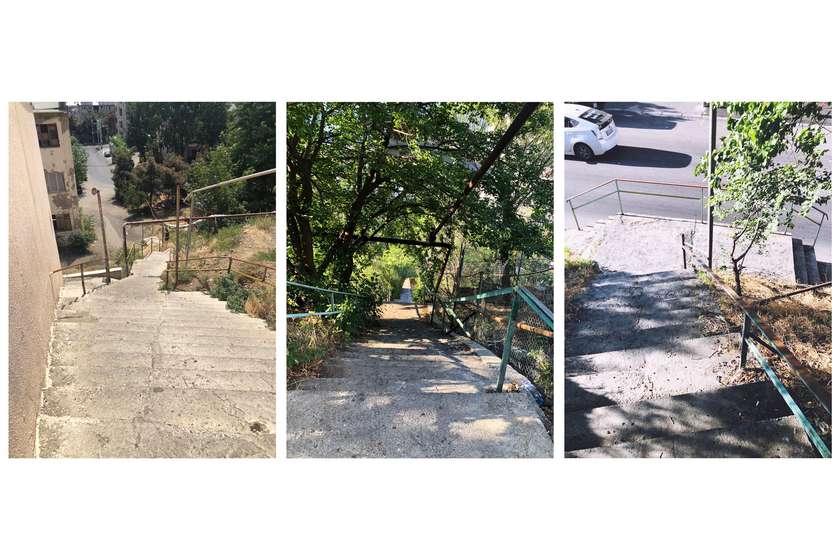
Few photos of the sites of the study case. Those scenarios run through the city in hidden pathway parallel from the cars-ways. The urban stairs of Tbilisi are at the same time a very specific case and nevertheless represent a very typical condition of neglected areas in different contexts.
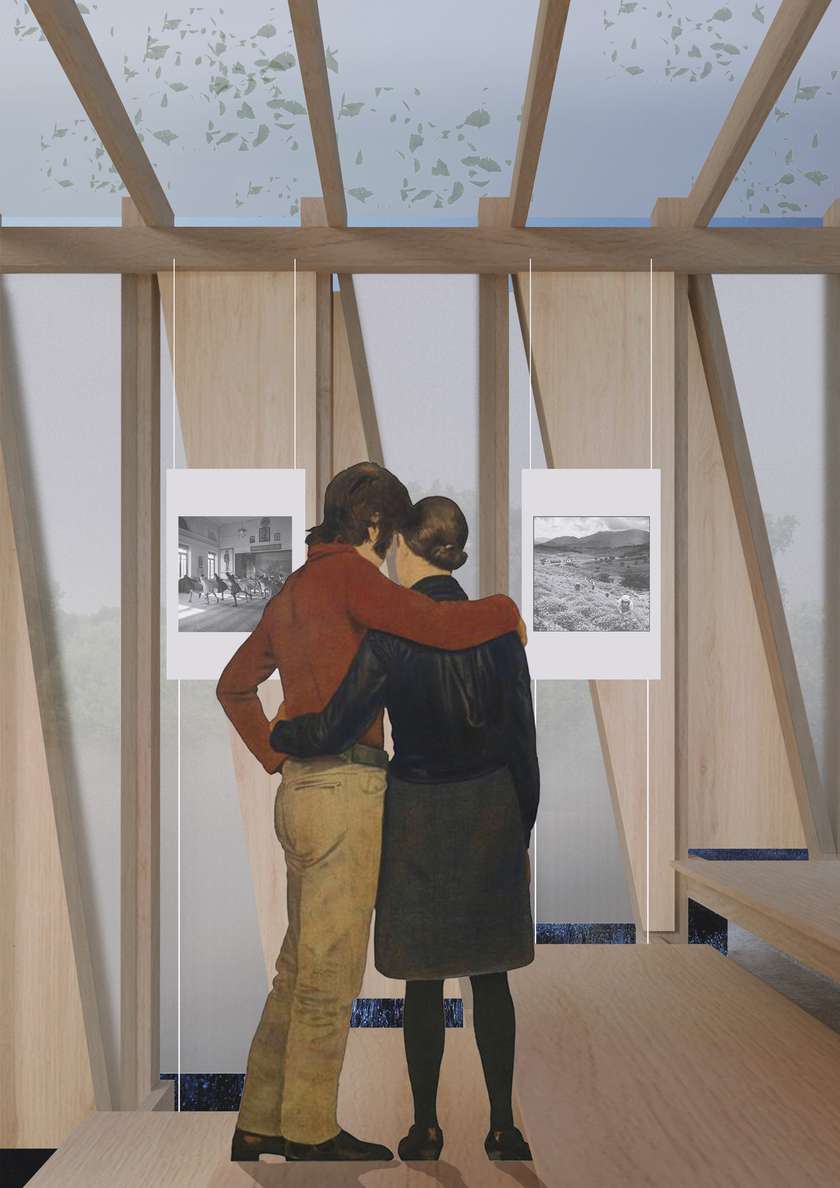
In order to re-activate neglected areas of the cities, many activities are possible simultaneously. The possibility to combine the passage with exhibitions could encourage the neighbourhood to re-use a common space.
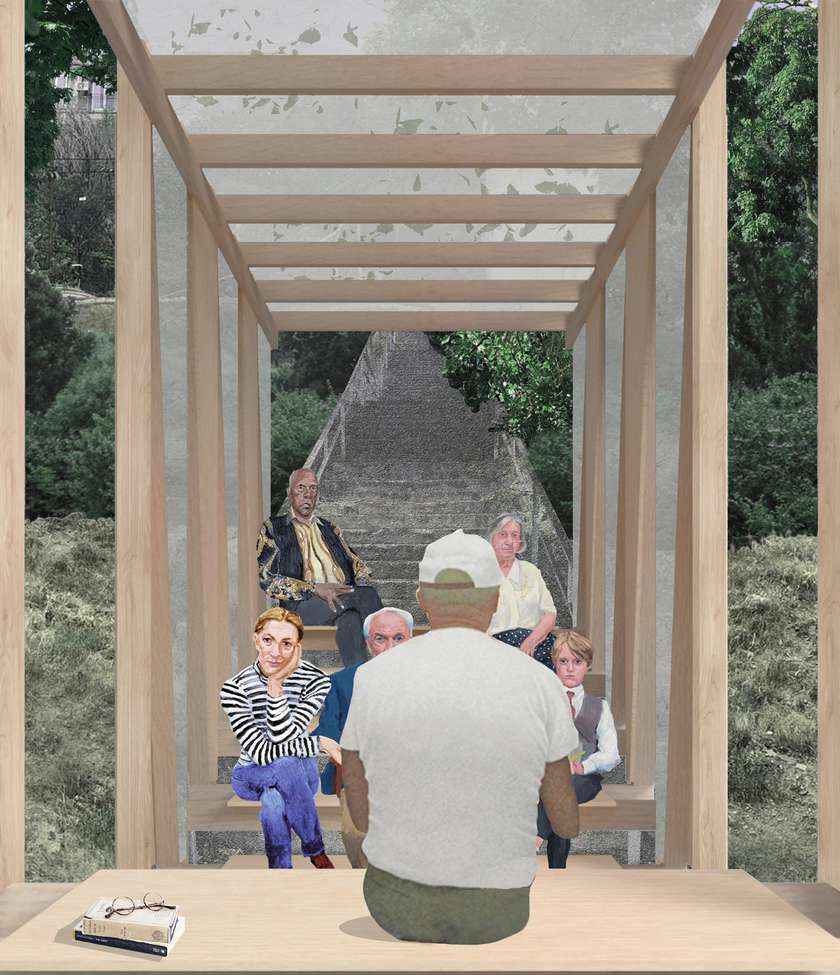
The projects represents a prototype of simple structures dedicated to common activities. The possibility of integrating different kind of users, as locals and cultural events participants, should be the core of any idea of public space.
